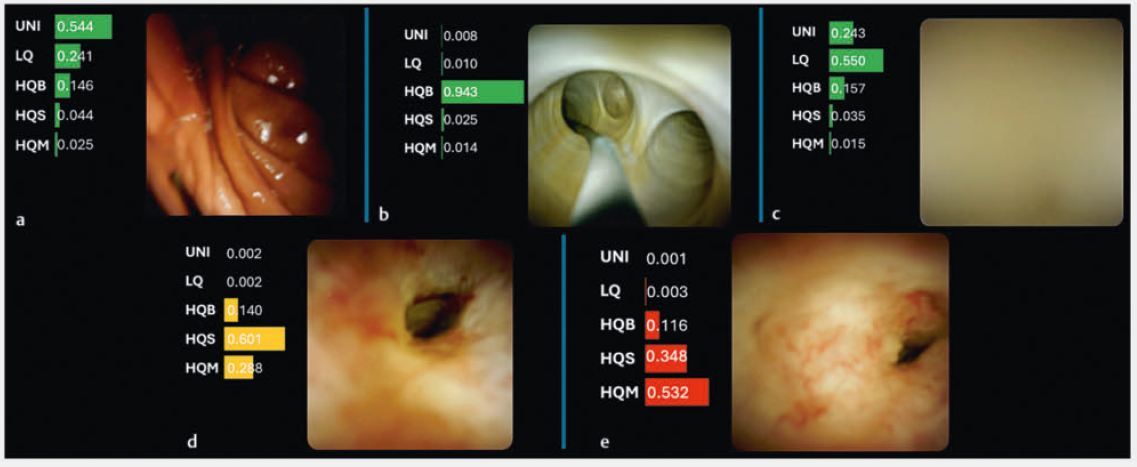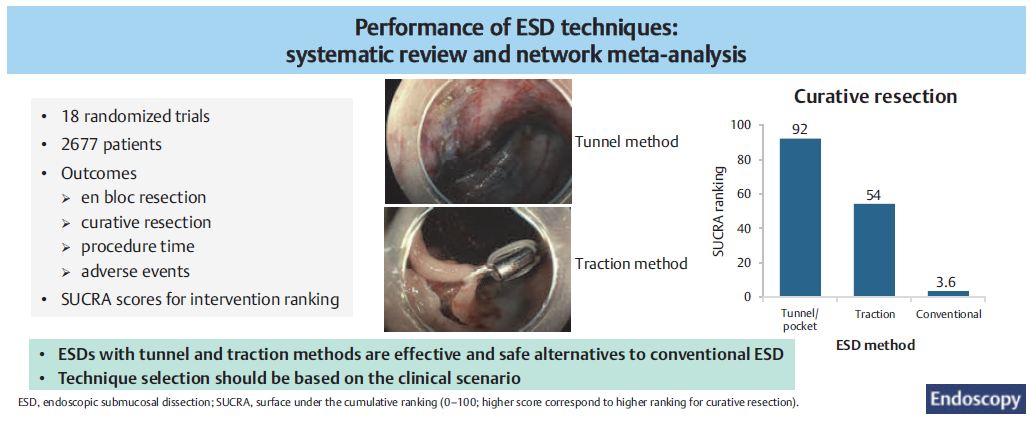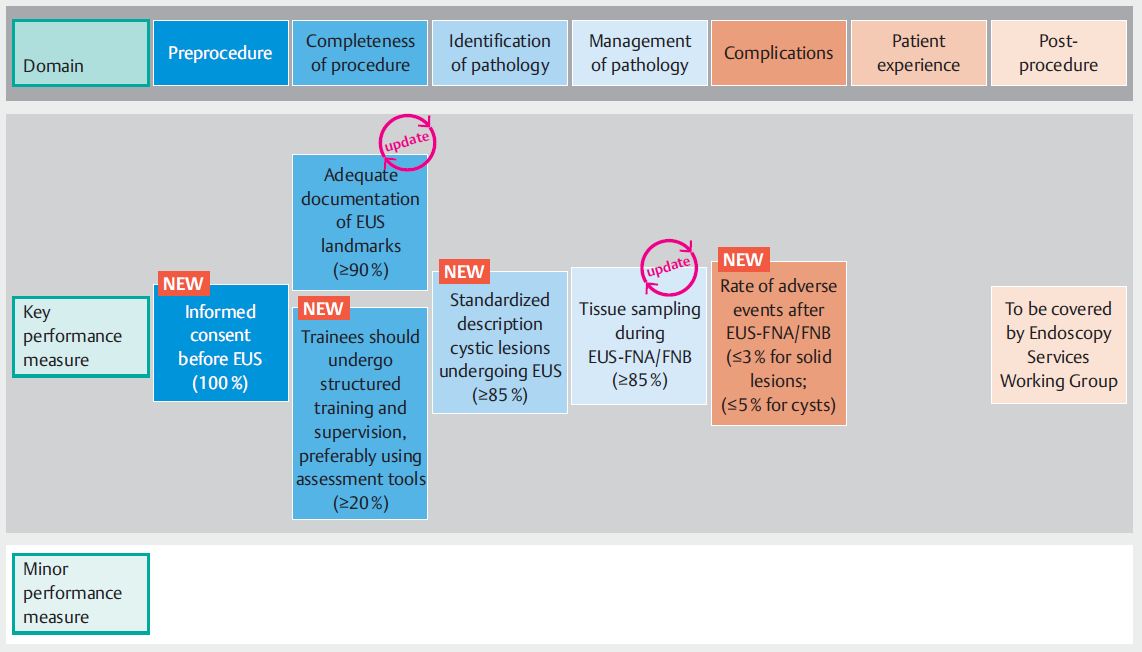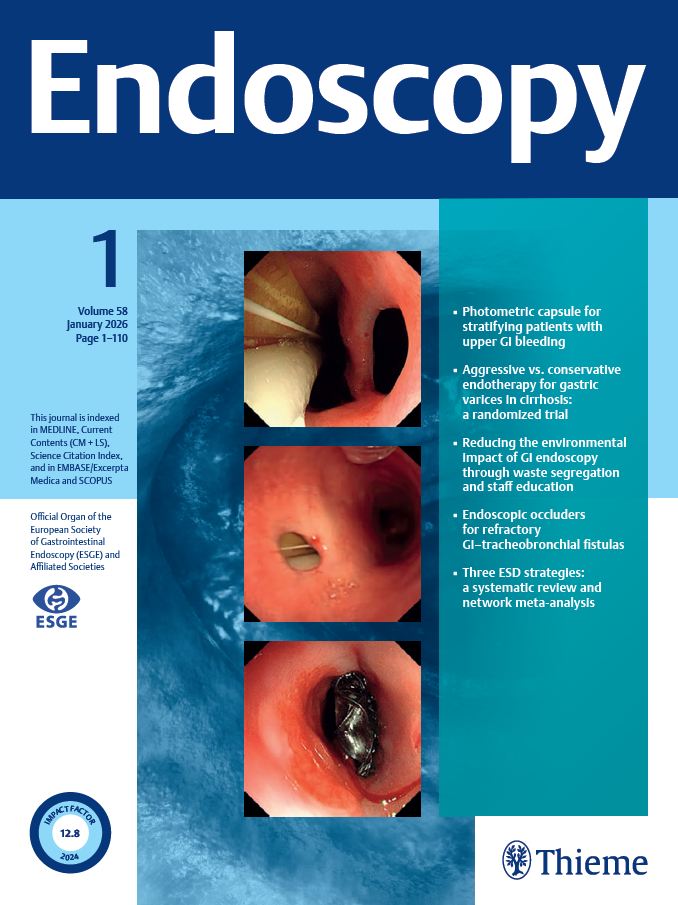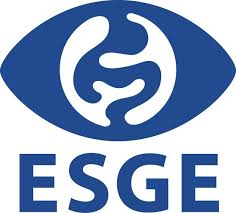by Kien Vu Trung, Einas Abou-Ali, Aiste Gulla et al.
Fig. 2 Kaplan–Meier curves showing disease-free survival after R0 resection of laterally spreading lesions (LSLs) and non-LSLs of the ampulla.
by Benedetto Mangiavillano, Daryl Ramai, Alessandro Fugazza et al.
Fig. 1 Endoscopic ultrasound-guided procedures. a Biliary drainage. b Gallbladder drainage.
by Neil B. Marya, Patrick D. Powers, Jad P. AbiMansour et al.
Fig. 1 Five example cholangioscopy images from cholangioscopy examinations that have been processed by the AI system showing an example of an image that the AI predicts an expert would annotate as: a uninformative (UNI); b benign (HQB); c low quality (LQ); d suspicious (HQS); e malignant (HQM). Images a–c are all from a single cholangioscopy examination of a patient with a benign biliary tree; images d and e are from a cholangioscopy examination of a patient with a malignant biliary stricture secondary to cholangiocarcinoma.
by Anders Bo Nielsen, Maja K. Nielsen, Nina Wensel et al.
by Haisheng Qian, Huaiming Sang, Yun Wang et al.
by Daryl Ramai, Abdulrahman Qatomah, Magnus Chun et al.
by John Gásdal Karstensen, Wafaa Ahmed, Andrea Anderloni et al.
Fig. 1 The domains and performance measures chosen by the endoscopic ultrasound (EUS) working group. FNA, fine-needle aspiration; FNB, fine-needle biopsy.



